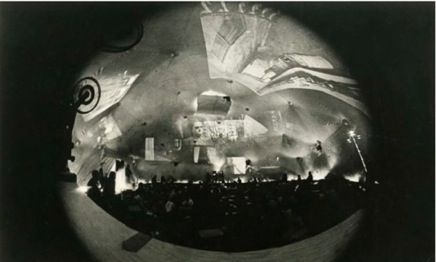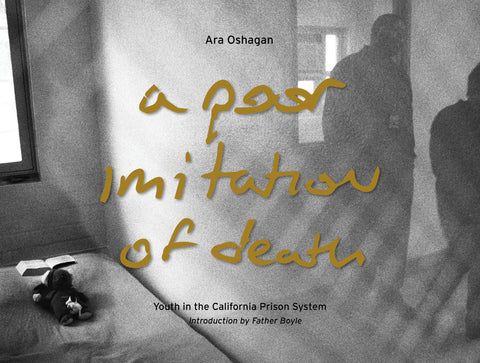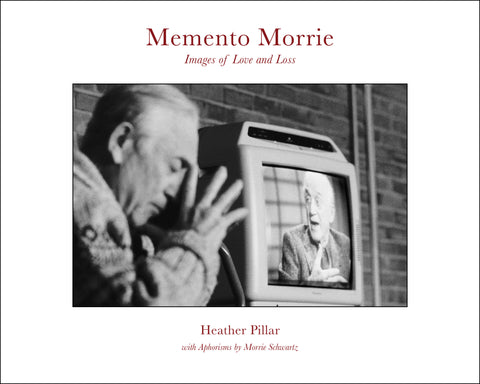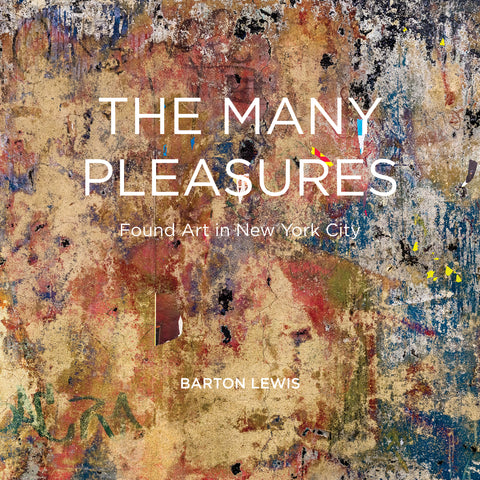Stan VanDerBeek was once a major figure of the New York avant-guard. He associated with luminaries like Claes Oldenburg, Jim Dine, Robert Morris, Allan Kaprow, and Yvonne Rainer, showed at major museums, participated in international art events, and worked as an artist-in-residence at NASA and M.I.T. In 1977, he was the subject of a retrospective at the Anthology Film Archives. But, since his death in 1984 at the age of 57, he has been largely forgotten.

Recently, though, it has begun to seem that VanDerBeek’s work may not be fated to molder in obscurity forever. Signs have been appearing that indicate a burgeoning revival: Paul McCarthy, who has a history of championing undeservedly obscure artists, organized a film program at the Whitney devoted entirely to VanDerBeek’s work; one of his photo collages appeared on the cover of the most recent installment of Charley, the publication put out every-so-often by Wrong Gallery collaborators Maurizio Cattelan, Ali Subotnick, and Massimiliano Gioni; and, his work has been cropping up in an increasing number of group shows around the country. But the current show at Guild Greyshkul, which could be billed as a mini-retrospective, is the greatest effort that has been made to bring VanDerBeek’s work back from the depths to date. This is not without good reason: the gallery was founded, in part, by two of VanDerBeek’s children, Sara and Johannes, and much of the work in the show—slides, films, videos, paintings, drawings, computer-generated prints, a vast wall of photomontages and film stills—was rescued by the younger VanDerBeeks from the basement of their mother’s house in Baltimore.
The show is a labor of love, and the work it contains is no different: it fairly crackles with frenetic creativity, the static discharge of a peripatetic life. One gets the impression, in fact, that VanDerBeek was working under some infernal deadline, which barely allowed time for his hands to keep up with the constant churnings of his mind. While this may sound like an over-Romanticization of the Modernist variety, it is certainly an apt case: the work is passionate and hurried, messy in the best sense of the word—without the mediation of the studied wink.
VanDerBeek began studying art at The Cooper Union in New York, and later attended the storied Black Mountain College, where he associated with the likes of Merce Cunningham, John Cage, and Buckminster Fuller. The show includes an ample selection of VanDerBeek’s paintings and drawings from this period, many of which betray an affinity for the visual works of William Blake. These works certainly have merit, but it is clear that VanDerBeek’s work didn’t truly flower until after he had finished his formal schooling, when he underwent a seemingly Damascene conversion that compelled him to begin working with film.
From the late 1950s onward, VanDerBeek produced reel upon reel of film, largely using painstaking stop-motion technique to animate collages of found photographs, which he often painted or drew on and intercut with found footage. Immediately, and with a certain shock of recognition, the films bring to mind the whimsical animations produced by Terry Gilliam for Monty Python’s Flying Circus, though VanDerBeek’s early films pre-date Gilliam’s by at least a decade. (This is not a coincidence: Gilliam has cited VanDerBeek as an early influence.) Despite their obvious initial consonances, however, VanDerBeek’s films move in realms beyond Gilliam’s reach: they are more pointedly satirical and wildly surreal, whipping together Khrushchev and DuBuffet, Ernst and Eisenhower, tribalism and technoromanticism to create a turbulent, oneiric vision of sex, death, and politics in the machine age.

The show has a great number of these films on view, and they are accompanied by a large and notable selection of his photomontages, many of which were used in the films’ production. Despite their technical designation as “film stills,” these are far from mere ephemera: even rent from their original context they are fascinating and inspired, and, in fact, often benefit from reintroduction of the color and tactility that was necessarily wicked from them in the filming process. (VanDerBeek’s films, with some notable exceptions, such as Science Friction (1959), were largely shot in black and white.)
VanDerBeek’s initial interest in film paved the way for his much broader interest in technology, which he viewed as a force that could be used to both expand traditional artistic practice and, if used wisely, allow artists to participate in—and possibly guide—a shift in global consciousness. This latter, quasi-Utopian formulation fueled much of his late creative output, which saw him experimenting with various vanguard technologies like computers, fax machines, and video cameras, creating increasingly ambitious and encompassing art environments, and authoring urgent-sounding manifestos to codify his aesthetic and theoretical positions.
Though he is not mentioned by name, it is clear that many of VanDerBeek’s ideas concerning technology were inspired by the then-fashionable and still-influential Canadian philosopher and communications theorist Marshall McLuhan—a few of VanDerBeek’s manifestos are even reminiscent, both visually and textually, of McLuhan’s landmark The Medium Is The Massage. This is, of course, not to say that VanDerBeek has engaged in any kind of intellectual plagiarism. Rather, it is remarkable how VanDerBeek takes McLuhan’s ideas about sensory expansion, visual learning, and then-incipient global information networks and transforms them into tangible projects that attempt to push McLuhan’s theory into practice
This tendency pushed VanDerBeek to produce a number of remarkable works that are also on view in the show—a large mural that VanDerBeek created in his Boston studio and then faxed piece-by-piece to the Walker Art Center in Minnesota for exhibition, quilt-like computer printouts, a pair of videos that were screened simultaneously on two separate Boston public access channels—but by far the most ambitious project that came out of this period was something VanDerBeek called a “Movie-Drome.” Essentially, the idea was this: Large dome structures would be erected in sites around the world, which would serve as hubs for the distribution of knowledge via the universal language of the information age—images. Programs at the various Movie-Dromes would be tailored to the needs and desires of local populations, and would draw on a limitless image library, parts of which would be stored electronically in each Movie-Drome, which would, in turn, be connected up to its fellows through a network of satellites, televisions, and telephones.
Obviously, this was a project that was never fully realized, or VanDerBeek might be credited with creating an imaginative precursor to the Internet. But, from 1963 to 1965 he did build a full-scale prototype of a Movie-Drome out of an abandoned grain silo up in Stony Point, New York. Inside, he held multi-media events that employed dozens of film and slide projectors to produce what he called “a super collage or movie mosaic.”

It would be nearly impossible to contain this kind of spectacle in a gallery space, but Guild Greyskhul has pared down the Movie-Drome’s aesthetic by presenting a recreation of one of VanDerBeek’s “Electric Assemblages,” a collage of slides and film projected on an overlapping thicket of free-standing screens. It is, with good reason, the centerpiece of the show. The work looks stunningly fresh, a testament to VanDerBeek’s aesthetic prescience as much as it is an indicator of the accuracy of his technological prognostications.
Though the Electric Assemblage is an apt summation of VanDerBeek’s singular artistic achievement, there is another, more modest work in the show that helps illuminate the ambitions that he had for art making as a whole. Tucked away in the little back room is a watercolor on which these words are painted: “Art Moves Through The Infinity Of Perhaps.” It is an aphorism, or perhaps a Koan, that furnishes us with the most succinct summation of VanDerBeek’s practice that anyone could hope to provide. For his art did indeed move through the infinity of perhaps, to such an extent that climbing inside his Movie-Drome now would feel like getting a view of the inside of our own skulls. One can only imagine, with not a small feeling of loss, what his work might look like now, if he had lived.
More information about Stan VanDerBeek, including a collection of his writings, can be found here.
A collection of Stan VanDerBeek's films, gathered by Guild Greyshkul with the help of re:voir and Electronic Arts Intermix, is currently available on UbuWeb.



